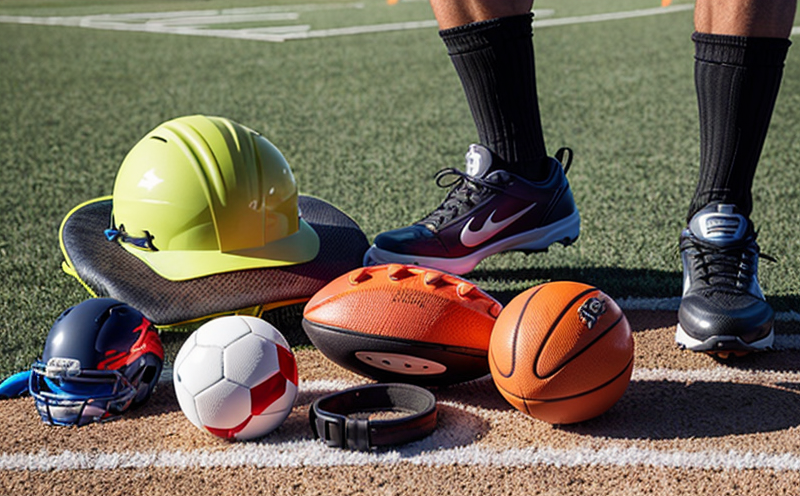Safety in Sports Equipment and Gear: Ensuring a Safe Playing Experience
As athletes participate in various sports and activities, they rely on specialized equipment and gear to protect themselves from injuries. The use of proper safety equipment has become an essential aspect of modern sports, reducing the risk of accidents and minimizing the severity of injuries when they do occur. However, not all equipment is created equal, and some may even pose a greater threat to athlete safety.
To address this issue, manufacturers, governing bodies, and regulatory agencies have established standards for designing and testing sports equipment. These standards often focus on impact absorption, material durability, and overall performance under various conditions. Additionally, many organizations provide guidelines for proper usage, maintenance, and inspection of equipment to ensure athletes are utilizing their gear effectively.
Helmets: The Primary Line of Defense
Helmets have become an indispensable piece of safety equipment in various sports, including football, hockey, skiing, and cycling. These protective devices are designed to absorb impact energy by dissipating the force across a broad surface area, reducing the likelihood of head injuries. Some key features that contribute to their effectiveness include:
Concussion-detection technology: Many modern helmets incorporate sensors or algorithms that detect the severity of impacts and alert athletes or coaches accordingly.
Impact-absorbing materials: Lightweight yet robust materials such as EPS (Expanded Polystyrene) foam, EVA (Ethylene-Vinyl Acetate), and PC (Polycarbonate) are used to minimize the transmission of force upon impact.
Fit and adjustability: Helmets often feature adjustable straps and padding systems that ensure a snug, secure fit for athletes, reducing movement during play.
While helmets have saved countless lives, improper use or maintenance can compromise their effectiveness. For instance, failure to replace worn-out foam pads or neglecting regular cleaning and inspections may render the helmet less effective in preventing head injuries.
Protective Gear for Specific Sports
Other sports-specific equipment also plays a critical role in ensuring athlete safety:
Mouthguards: Commonly used in contact sports like football, hockey, and boxing to prevent dental damage and mouth lacerations.
Shoulder pads: Designed for sports such as American football, lacrosse, and rugby to protect against chest and shoulder injuries.
Knee pads: Crucial for skateboarding, snowboarding, and other high-impact activities that involve falls or impacts to the knees.
Each type of equipment has its unique features and requirements. Manufacturers continually develop new technologies to improve performance, comfort, and protection.
Question and Answer Section
Q: What are some common safety issues associated with helmet usage?
A: Some common safety concerns include improper fit, inadequate maintenance, failure to replace worn-out components (e.g., foam pads), and neglecting regular inspections.

































